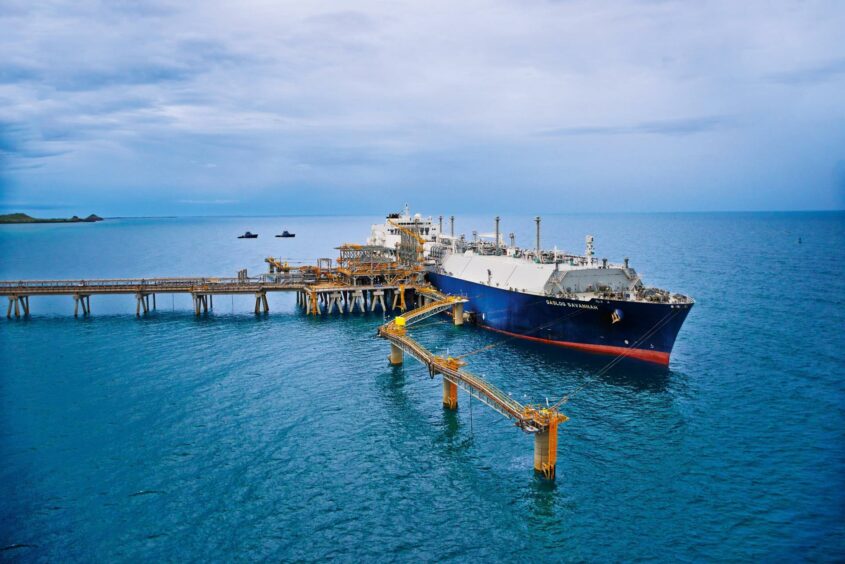
Africa could build 120 million tonnes per year of LNG capacity, the International Gas Union (IGU) has said, but development remains slow.
Demand is continuing to increase, not least as a result of Russia’s invasion of Ukraine.
Milton Catelin, secretary general of the IGU, said LNG would have a key role in the energy transition. “It’s the fastest, most flexible, efficient and sustainable long-term vehicle to get the world back on the energy transition path,” he said.
Catelin was speaking at the launch of the IGU’s 2022 World LNG Report. Africa has 123.9mn tpy of LNG liquefaction awaiting final investment decision (FID), the report said.
Catelin, noting this was one quarter of 2021’s global existing capacity, said progress in developing this would provide substantial benefits. “If that capacity materialises, Africa, and its people, could see great societal and economic benefits.”
The report sees 10mn tpy in Tanzania, 4.4mn tpy in Equatorial Guinea, 52.2mn tpy in Mozambique, 27.8mn tpy in Nigeria, 10mn tpy in Djibouti and Senegal each, 7.5mn tpy in Mauritania and 2mn tpy in Congo.
The Nigeria projects the IGU includes are Brass LNG and an eighth train at Nigeria LNG (NLNG).
Financing
While recent high LNG prices have spurred a reconsideration of African projects long gone quiet, there are challenges around financing.
“There’s a lot more talk about Africa, and that matters because there wasn’t for quite a long time,” said the Oxford Institute of Energy Studies’ (OIES) Jonathan Stern. He noted Mozambique, Tanzania and Nigeria.
The critical point is “finance and banks”, he continued.
Stern noted hopes around Algeria’s ability to increase production, particularly from its currently flared volumes. “The problem is we’ve been hearing about that for a long time and it’s not happened. If it’s not happening at these prices then it’s not clear it can happen,” he said. “Progress is elusive.”
Jon Fredrik Müller, head of consulting at Rystad Energy, noted Africa’s potential. The analyst picked out East Africa’s potential for meeting future European supply. “The problem is finance and sanctioning, getting the banks behind the project. That relates to having long-term contracts.”
Talking terms
While Europe has proved eager to snap up short term LNG volumes, the continent remains unwilling to take on long-term contracts.
“You cannot finance big liquefaction projects on the back of 10-year contracts. When we hear the European Commission say it does not want any contracts beyond 2030, that is not realistic,” Vincent Demoury, the general delegate of LNG trade body GIIGNL, said.
“If we want to diversify from Russian gas … we will need to maintain existing sources of LNG and develop new sources. Replacing 155 billion cubic metres of [Russian pipeline] gas is equivalent to one third of the existing global LNG market,” he continued.
Asian and particularly Chinese buyers have been willing to sign long-term deals, Demoury said. He pointed to a slew of agreements with US producers.
To build 110mn tpy of LNG capacity would require around 300 billion euros ($305bn) of new investment, Demoury said. Of this, liquefaction would need 240bn euros ($244bn).
Stern highlighted how contract writing will play a key role in allowing offtakers to review prices or even terminate deals.
